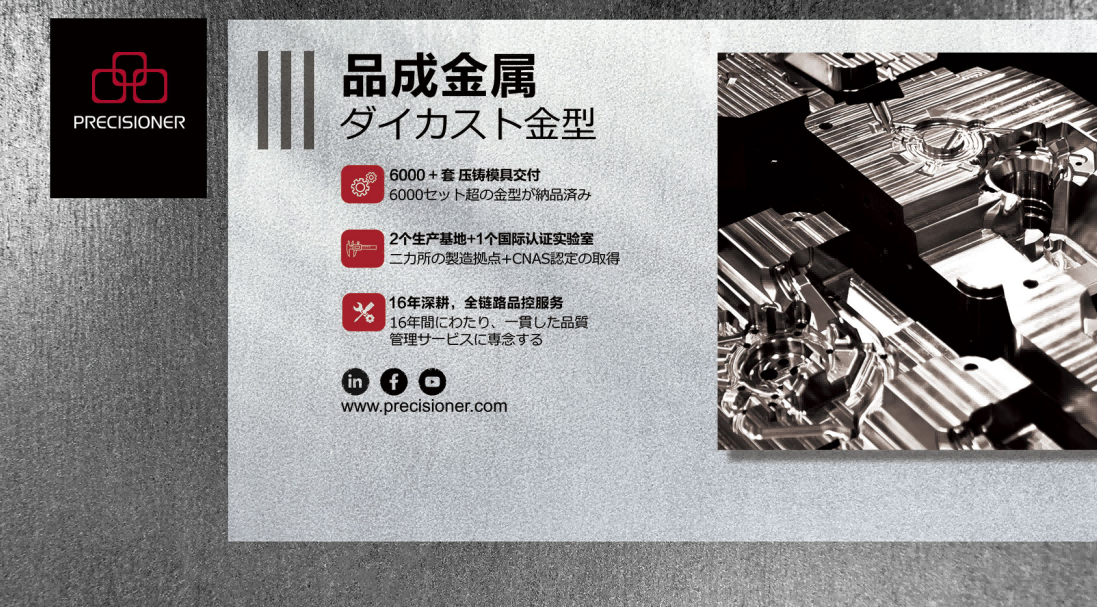Benefiting from policy support and technology optimization, China's automobile exports have grown rapidly. In recent years, China's brand automobile enterprises have accelerated their overseas market layout, accelerating their market development through overseas factories, joint overseas sales channels, and independent construction of overseas sales channels.
Due to the impact of the world epidemic and Tesla's domestic production, China's automobile export has achieved a huge sales breakthrough since 2020. In 2022, China exported 2.67 million passenger vehicles, with a year-on-year growth of 62.91%, exceeding the export volume of Germany. The main reason is the lack of overseas supply under the international epidemic and the Russia and Ukraine crisis, and the export competitiveness of Chinese car companies was greatly enhanced. From January to July in 2023, China exported 2.32 million passenger vehicles, up 86.13% year on year, The export volume surpassed Japan, and China became the world's largest automobile exporter.
Among them, the improvement of China's new energy vehicle export competitiveness has brought significant incremental exports. It is expected that there is still huge room for future development of China's electric vehicle exports as long as there is stable market demand internationally. We have conducted the following SWOT analysis on the future trends of Chinese new energy vehicle companies expanding their businesses overseas:
Strengths in Expanding Business Overseas
From 2021 to early 2022, China's automobile exports to developed markets in Europe have achieved significant breakthroughs, with new energy vehicles being the core growth point of China's automobile exports. As China's new energy vehicle industry gradually iterates and upgrades, more and more automobile companies have begun to explore markets in developed regions like Europe and America, changing the passive situation of relying on some poor or non-standard countries in Asia and Africa for automobile exports.
In 2020, China exported 224,000 new energy vehicles to overseas markets, showing good performance. In 2021, China exported 590,000 new energy vehicles overseas, continuing to strengthen. In 2022, China's cumulative export of new energy vehicles reached 1.12 million units. From January to July in 2023, China exported 940,000 new energy vehicles overseas, up 96% year-on-year. Among them, 900,000 new energy passenger cars were exported, up 105% year-on-year, accounting for 96% of new energy vehicles exported from China.
Disadvantages in Expanding Business Overseas
Opportunities in Expanding Business Overseas
The certainty of carbon neutrality policies promoting the comprehensive transformation of the global automobile industry to new energy is high, and there is still room for improvement in the electric vehicle penetration rates in developed regions like Europe and the United States. Additionally, the transformation speed of traditional automobile giants in these regions is lower than expected, and currently, Chinese new energy vehicle companies have significant technological advantages.
Challenges in Expanding Business Overseas
In summary, the prospects for Chinese new energy vehicle companies export boom. With the continuous improvement of technology, China’s new energy vehicles are gradually gaining competitiveness in the global market, and their expansion into overseas markets is also accelerating. In the future, China’s new energy vehicle companies will continue to leverage their technological, manufacturing, and cost advantages to expand into international markets and accelerate their globalization efforts. At the same time, with the increasing popularity of the global green and environmental protection concept, new energy vehicles will become the dominant of future travel, providing China’s new energy vehicle companies with even broader development space. Additionally, the government is actively promoting the development of the new energy vehicle industry and encouraging companies to strengthen international cooperation and expand into overseas markets. It is foreseeable that the expansion of China’s new energy vehicle companies into overseas markets will become an important trend in future development.
















